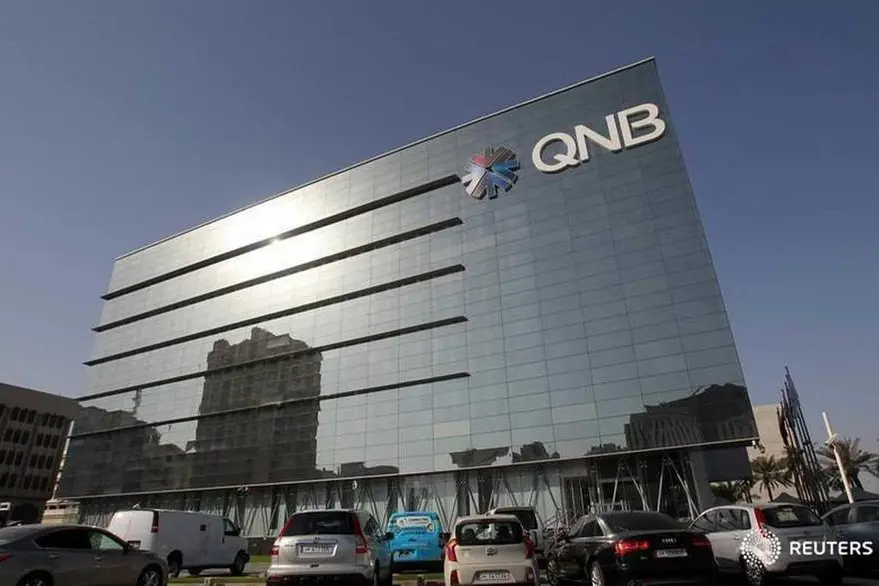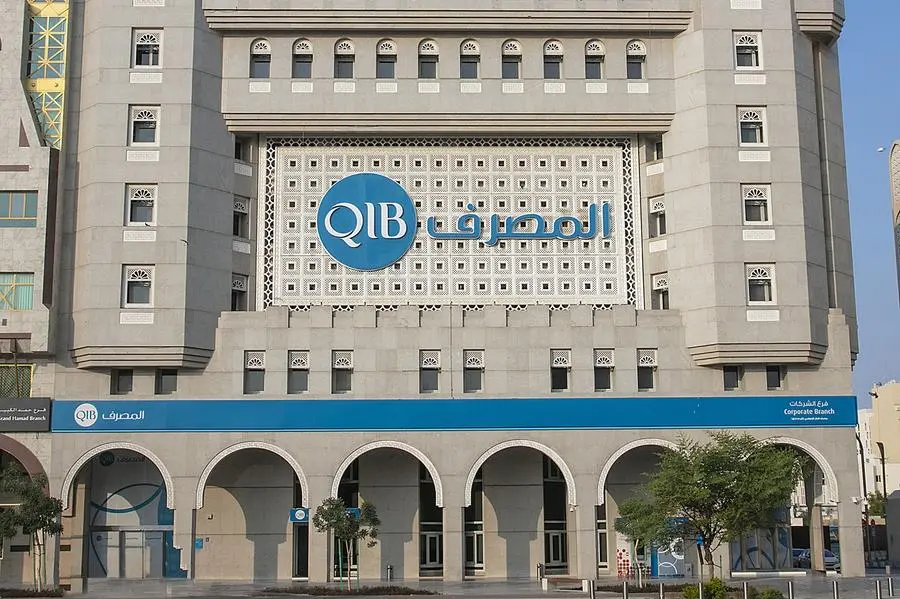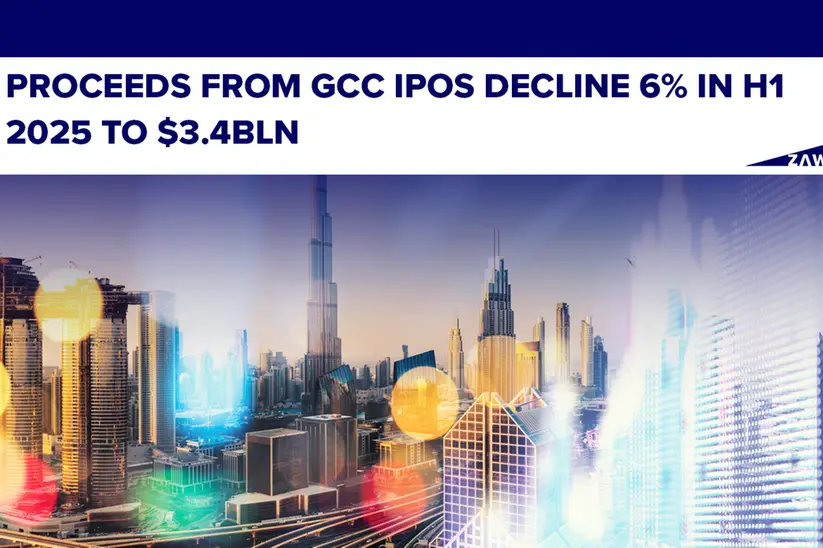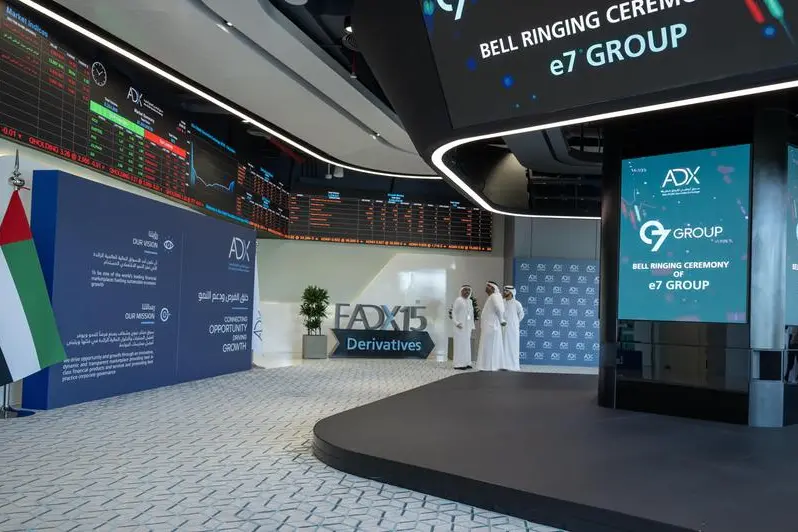“Investing in the Age of Magic Money” was the title of our (bullish) 2021 Global Outlook, with massive money creation and government spending against the pandemic backdrop. For 2022 we titled “Low Visibility Ahead”, because we had more questions than answers.
The first half of this year has indeed been one of the worst in markets’ history, because of the following dynamic.
The crucial questions now revolve around the following dynamic: surging inflation forces central banks to get incredibly tough, which threatens economic growth. Let’s look at these three questions.
Why is inflation rising?
The simplified answer is: too many dollars (demand) chasing too few goods (supply).
Starting with the latter: supply has been constrained by Covid, with persisting disruptions in the global supply chains, especially in China. The conflict in Ukraine and the sanctions have added a second considerable shock, especially on energy and food.
On the demand side, there has been no shortage of dollars. The combined value of the balance-sheets of G4 central banks (US, Eurozone, Japan, UK) is now close to $25 trillion.
By comparison, it was $15tn in 2019, $6tn in 2008 and $3tn in 2007. Magic money is not new, but it went ballistic in 2020. However, money printing is not enough by itself to trigger inflation. In Japan, where money printing is massive for 2 decades, consumer prices are only up by 2.5% year-on-year, of which two thirds come from energy and food.
It’s around 9% for the US, Eurozone and UK. The difference? Western governments have massively spent to avoid irreversible economic damage. While in Japan, the pandemic pushed the unemployment rate from 2.3% to 3%, it went from 3.8% to 13% in the US.
Fiscal support was vital. The same happened in Europe, to prevent job losses there instead of helping the unemployed. The result was similar: instead of seeing central bank liquidity flood financial markets only, this time it also reached consumer pockets.
While supply remained constrained, demand skyrocketed, and kept on rising as job markets recovered. The US unemployment rate is back to 3.8%.
What are central banks doing?
Price stability is the existential mission of central banks, sometimes their only official one. “Unconditional” for the Fed and excluding any “ifs and buts” for the BoE.
Since they can’t act on supply, they restrict financial conditions to pressure demand: less money in the system, and higher interest rates. Policy rates in the US have jumped from 0% at the start of 2022 to 1.5% now (lower band). It should be 2.25% next week and exceed 3% by year-end.
The ECB just raised their benchmark rate from 0% to 0.5%, exceeding forecast. Central Banks also all stopped purchasing assets and started the reverse process. Magic money is over.
What are the consequences?
No doubt: tighter financial conditions depress growth.
Central bankers take the risk of engineering a recession and destroy jobs, because basically, a brief contraction now is preferable to a long depression later.
In the 1970s, the idea that inflation would take care of itself (with high prices destroying demand) proved to be wrong. It was a lost decade of high prices, with three recessions and the beginning of mass unemployment.
The only remedy, an extremely aggressive tightening, destroyed millions of additional jobs, but stopped inflation and created the conditions for a sustainable recovery.
Back to 2022: central banks won’t stop until inflation abates. The global economy will suffer, at best a slowdown, at worst a recession, depending on how long it takes.
The good news is that between pressured demand and repairing supply, or simply base effects, inflation should abate: the current 9% CPI could halve in the coming quarters. The unknown is the reaction function of central banks: at what inflation threshold, or level of economic damage, will they stop?
No doubt, the US can be aggressive: inflation is broadening and they have full employment. The eurozone can’t: the sanctions on Russia are a material part of their inflation (and energy) problem, their economy and jobs are more vulnerable, and the levels of sovereign debt in some countries cannot stomach high interest rates.
On the other hand, doing nothing is not an option: the weak euro is a drag on purchasing power and a vector to import inflation.
It’s a narrow path for the ECB, and the worst-case scenario is a proper nightmare: depression, inflation, financial crisis and political turmoil.
This explains why they hiked interest rates in July, but also announced a mechanism to protect the most indebted countries.
In such a context, the second major consequence is a destabilisation of global markets. Central banks used to be their best friends for decades, they are now clearly adverse.
Explicitly: lower asset prices reduce wealth, and they hope, consumption. Higher interest rates negatively impact the fixed income universe, as well as equity valuation multiples and debt sustainability. Inflation challenges margins, while economic risk affects earnings. Investors’ anxiety is at record high.
We have two messages for the near future. The first is to expect extreme volatility to persist, until inflation starts to convincingly abate. It’s not that we forecast a crash: there will be selloffs, but also rallies, because sentiment and positioning are extremely pessimistic. Volatility and unpredictability.
But once inflation abates, and we think it will, our second message is that we see fundamental upside for a well-positioned diversified portfolio. Apart from the reassuring facts that the worst is never certain and that so far, the global economy has demonstrated an impressive resilience, valuations have adjusted: economic risks are significantly priced-in by several asset classes.
In addition, it’s not the end of the age of “magic money”, because of the way Western democracies are run and indebted. The ECB just illustrated it. Inflation may be a healthy wake-up call.
The shift in monetary policies is painful, scary, but fundamentally sound. From artificially high valuations to the aberration of negative interest rates, many unpleasant consequences had to be corrected. We are in this process and it’s not bad news for the long-term, which is the horizon of wise investors.





















